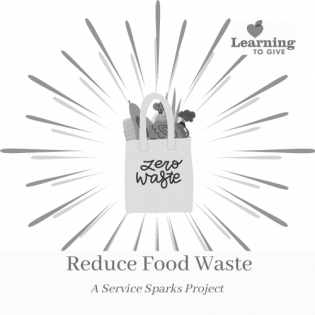Children learn about the issues of plastic in the ocean. They learn the effects of plastic garbage on the environment, including the lives of animals.
Filter by subjects:
Filter by grades:
Filter by audience:
Filter by issue area:
Filter by content type:
Filter by resource type:
resource search
We investigate and expand our understanding of caring and determine things or people we care about.
Learners relate enlightened self-interest to caring by discussing a quote from Alexis de Tocqueville about the American tradition of democracy.
The purpose of this lesson is for the learners to reflect on how philanthropy, enlightened self-interest, and caring are related and to determine why and how they will "care" in the future.
Students will discuss how communication can be changed through interpretation and by intentionally misleading.
Learners talk about the uses of water and understand its importance to our world.
Ignite meaningful action that lights up the world through "Service Sparks" youth projects! Learn about the ways food is wasted in homes, restaurants, farms, stores, and other places. Examine the habits in the community or in your house and propose ways to reduce food waste. Make the next right choice to improve the availability of food to people who are hungry.
In this lesson, we learn about landfills and the global and local management of trash.
This lesson helps learners see the potential for reusing materials rather than throwing them away. They research and contact community organizations that support recycling efforts.
The learners identify a common area where trash accumulates and plan a clean-up project.
